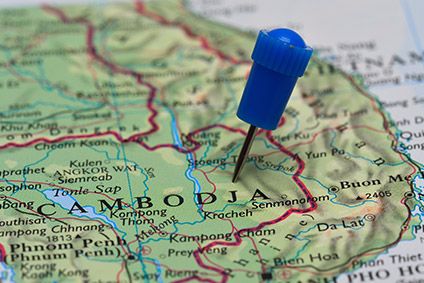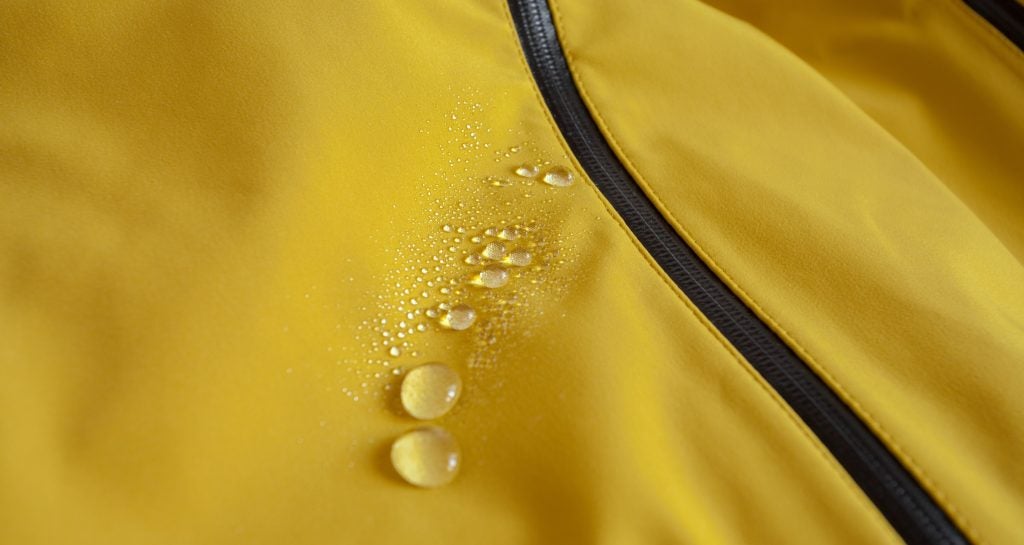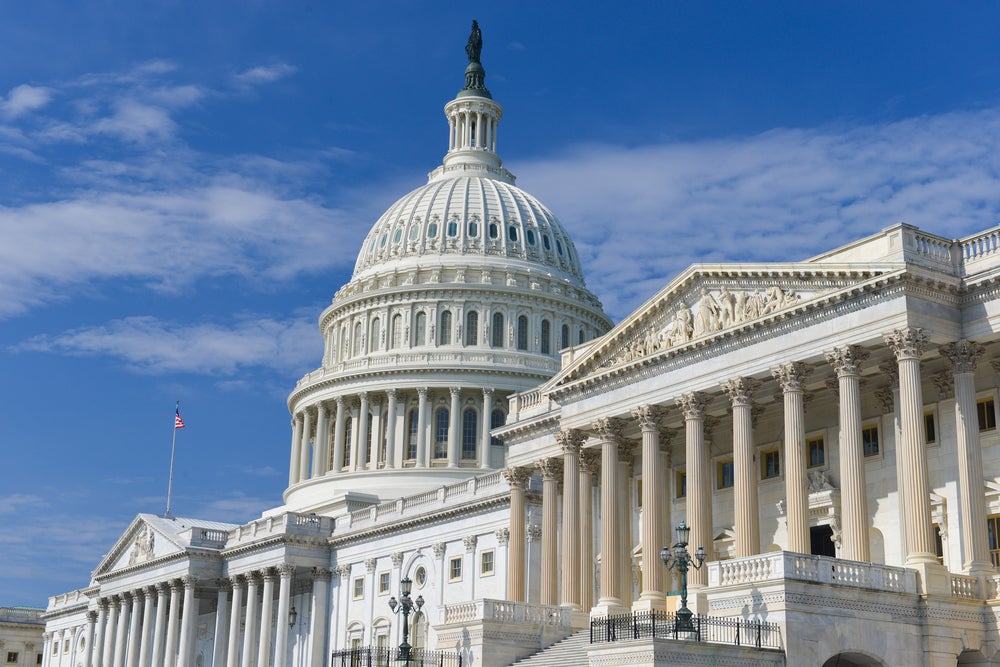
The volume of apparel imports into the US saw double-digit growth month-on-month in July as retailers stocked up for the back-to-school season, with the largest gain booked by Cambodia.
The latest figures from the Department of Commerce’s Office of Textiles and Apparel (OTEXA) show the volume of US apparel imports from all sources was up 16.6% month-on-month in July to 2.6bn square metre equivalents (SME). The figures for July also show a 2.17% rise in volume against the same month last year, and 5.4% growth in value terms year-on-year to $8.14bn.
In terms of individual supplier countries, five of the top-ten recorded a year-on-year increase in July, with Cambodia booking the largest growth.
China – the largest supplier of apparel to the US – saw shipments rise 2.42% year-on-year to 1.17bn SME, with imports from the country up 25.5% month-on-month from the 934m SME recorded in June.
The second-largest supplier, Vietnam, booked a year-on-year increase of 3.04% to 345m SME – this compares to June’s increase of 2.59%.
See Also:
Bangladesh, ranked number three in the top-ten US apparel supplier league table, booked the second-highest increase with a 3.5% rise year-on-year in July to 172m SME, up from 167m SME last month.
How well do you really know your competitors?
Access the most comprehensive Company Profiles on the market, powered by GlobalData. Save hours of research. Gain competitive edge.

Thank you!
Your download email will arrive shortly
Not ready to buy yet? Download a free sample
We are confident about the unique quality of our Company Profiles. However, we want you to make the most beneficial decision for your business, so we offer a free sample that you can download by submitting the below form
By GlobalDataCambodia booked the highest growth, with exports surging 21.2% to 103m SME, while of the remaining top-ten supplier countries, Mexico was the only other country in the top ten to book growth in July. Shipments edged up 1.07% rise to 74m SME.
Indonesia reported the largest fall, with shipments tumbling 13.58% to 90m SME, while Honduras saw a 7.8% fall to 85m SME.
Pakistan’s exports slipped 5.69% to 49m SME, while El Salvador saw its exports fall 4.26% to 69m SME. India’s exports declined 1.12% to 92m SME.
Textile and apparel imports, meanwhile, grew 7.25% year-on-year to 6.24bn SME, and in value terms by 7.1% to $10.7bn. Textiles alone, meanwhile, recorded growth of 11.2% to 3.64bn SME, and in value terms were up 12.9% to $2.57bn.
Year-to-date and six-year overview
In value terms, total US apparel and textile imports were up 4.68% to $62.2bn in the year-to-date, from $59.4bn in the same period a year ago. Apparel imports grew 2.72% to $46.2bn, while textiles were up 10.8% to $16bn.
Six of the top ten apparel supplier countries booked growth during the first seven months of the year, with Cambodia seeing the largest increase at 15.45% to 1.37bn SME.
Pakistan registered the second highest gain, at 6.85% to 781m SME. Imports from China, meanwhile, were down 0.83% to 14.2bn SME – although the country remains by far the biggest supplier of apparel to the US with a 42% share of the market. Bangladesh, the third-largest supplier with a share of 6.9%, saw exports grow 5.61% compared with last year to 3.2bn SME.
Vietnam meanwhile, reported a 6.41% increase year-on-year to 6.94bn SME, and India a 3.92% rise to 2.42bn SME. The largest decline was recorded by Indonesia, whose exports to the US were down 3.7% to 2.6bn SME.
Taking a broader look at the data over an eight-year period from 2010 to 2017, Vietnam is the only country in the top ten to have seen a steady increase in import volumes to the US, growing from 1.91bn SME in 2010 to 3.60bn SME in 2017 – growing its share of total imports from 7.72% to 13.28%.
China’s imports have fluctuated over this period, from 10.4bn SME in 2010, falling to 9.74bn SME a year later, before reaching a peak of 11.38bn SME in 2015. Shipments dipped again in 2016 to 11.17bn SME, and last year grew to 11.36bn. The country has lost marginal US apparel market share, from 41.98% in 2010 to 41.91% in 2017.
Cambodia, Indonesia, Mexico, El Salvador and Pakistan are all exporting less to the US now than they were eight years ago. Cambodia fell from 947.1m SME to 931m SME in 2017, decreasing its share of the total from 3.83% in 2010 to 3.43% last year.
Facts behind the figures
Having booked a huge double-digit year-on-year increase in the volume of US apparel imports in July, Cambodia’s apparel industry is the country’s largest manufacturing sector, despite being blighted by strikes, wage disputes, and factory faintings. Garment manufacturers have called for a focus on productivity to offset rising wages, and are also urging buyers to increase their prices for Cambodian goods.
The country’s Prime Minister, Hun Sen, did this week, however, warn an “unreasonable” increase in the minimum wage could drive companies into bankruptcy and out of the country.
A new monthly minimum wage of $170 took effect in January – an increase of 11% on last year. Last month, Cambodia’s national assembly adopted a new national draft minimum wage law, which will enable other sectors in Cambodia to secure minimum wages under a new National Minimum Wage Council, which could potentially increase competition for labour if other sectors raise pay to levels to match those in the clothing industry.
Cambodia’s garment exports are growing in markets with beneficial access, like Canada, Japan and the EU, while shipments to the US have fallen over the past eight years. The Government has been lobbying the US to add footwear to its Generalized System of Preferences (GSP) programme, but says it is less optimistic for the inclusion of garments.
The country’s Foreign Ministry has dispatched a diplomatic team to the European Union (EU) in a bid to stop the EU removing the country from the Everything But Arms (EBA) preferential trade programme. In March, the EU raised concerns about declining democratic and human rights, and the rule of law in Cambodia in the run-up to the general election at the end of July, and ordered that monitoring of the problems be stepped up.
The European Union (EU) is the most important market for Cambodia’s garment exports, accounting for around 45% of the total – which grew 5.4% year-on-year to US$3.3bn in the first six months of 2017. As a whole, Cambodia’s garment and footwear sector is worth US$6.8bn and accounts for 80% of its total exports.
Cambodia’s Government is facing pressure to adjust its labour laws. In April, a number of groups representing major US and European international brands and retailers wrote an open letter to the country’s premier urging action to improve worker and labour rights.
While it may be too early to see signs of any sourcing shifts away from China as trade tensions with the US intensify, the latest import figures continue to confirm its appeal to apparel buyers. Indeed, no other country can match China in terms of the size of its supply base, its range of skills, its quality levels, its product variety and the completeness of its supply chain. The country also continues to lead the way when it comes to efficiency and infrastructure.
As reported in the latest ‘2018 Fashion Industry Benchmarking Study’ from the United States Fashion Industry Association (USFIA), the most popular sourcing strategy for executives from leading US textile, apparel and fashion brands, retailers, importers and wholesalers remains “China plus Vietnam plus Many.”
But more companies say they plan to further diversify their production in response to the changing business and trade policy environment, especially with regards to China. This does not seem to be due to concerns about cost, but rather the worries about the escalating US-China trade tensions.
Benefitting from an expected decrease in sourcing from China by US fashion companies, Vietnam and Bangladesh are also expected to play a bigger role as apparel suppliers for the US market. However, there are lingering concerns about the limits of Vietnam’s production capacity; and while Bangladesh enjoys a prominent price advantage over many other Asian suppliers, the risk of non-compliance remains a notable weakness.







